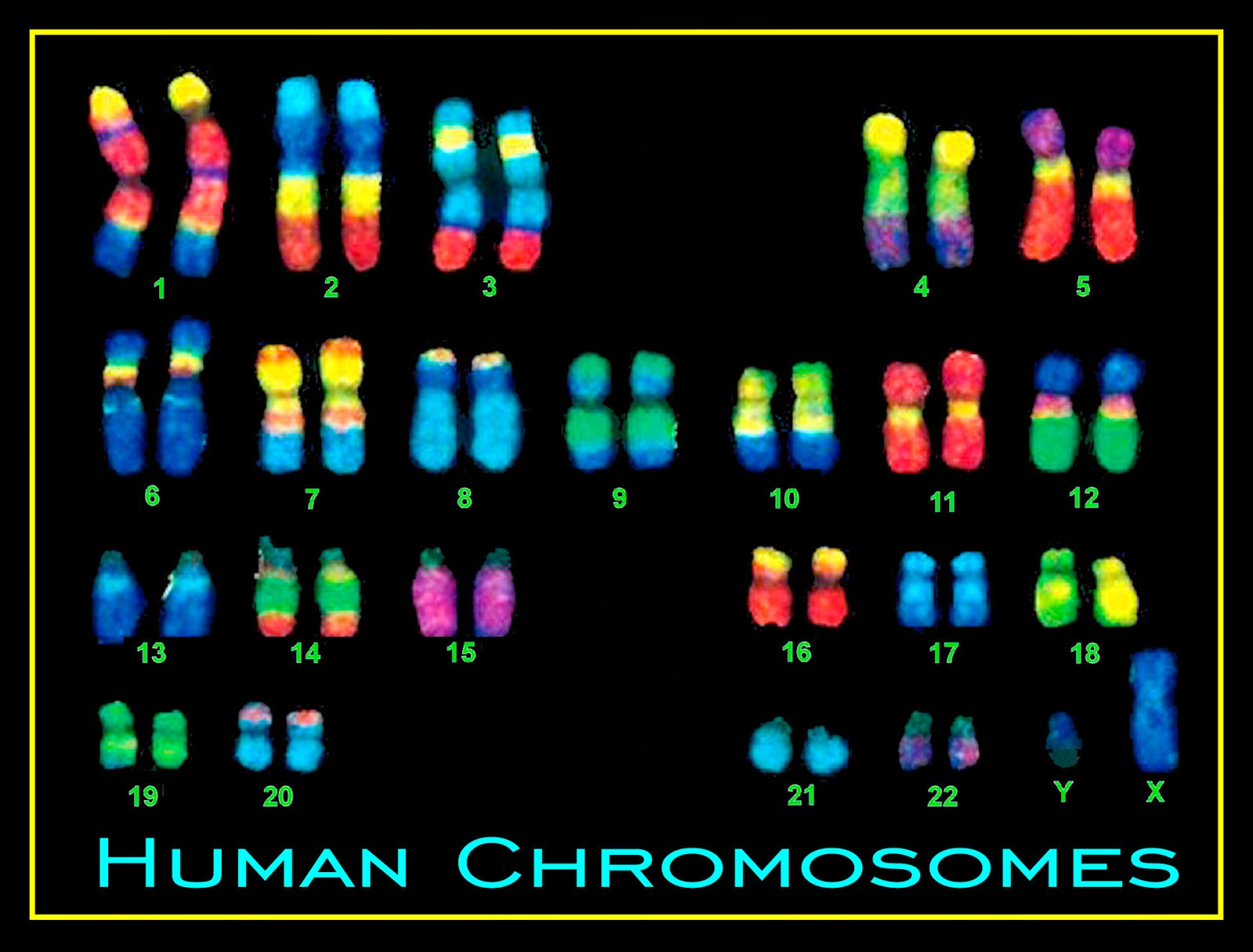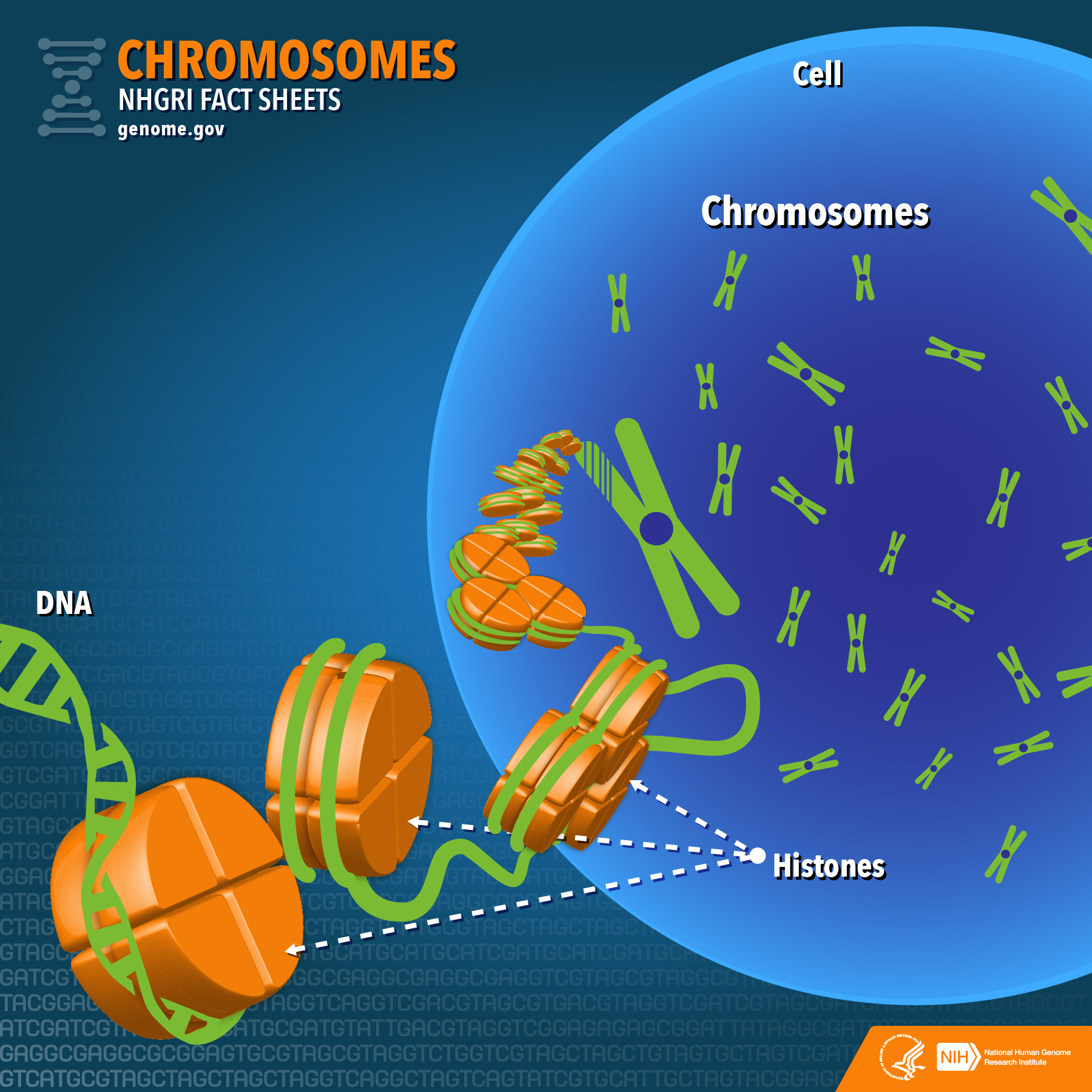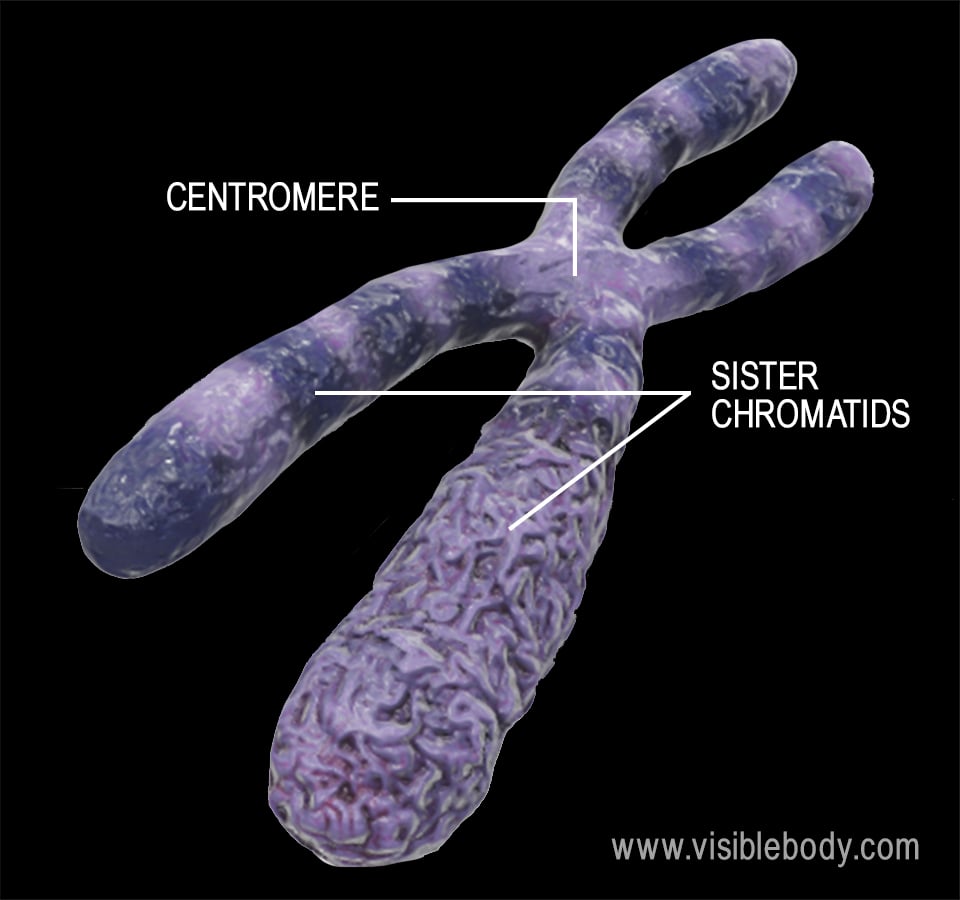Chromosomes Are A Form Of Blood Cells
Chromosomes Are A Form Of Blood Cells - Among many organisms that have separate sexes, there are two basic types of chromosomes: Web in humans, each cell normally contains 23 pairs of chromosomes, for a total of 46. When cytokinesis finishes, we end up with two new cells, each with a complete set of chromosomes identical to those of the mother cell. In plants and animals (including humans), chromosomes reside in the nucleus of cells. Web chromosomes are found carrying your dna in the nucleus of your cells. The 23rd pair, the sex chromosomes, differ between males and females. Except for red blood cells, each cell contains a nucleus, and within that nucleus vital genetic material provides a blueprint for how the entire body functions. Each chromosome is made of protein and a single molecule of deoxyribonucleic acid (dna). Deoxyribonucleic acid (dna) is the material that exists in every cell in your body that holds your genetic code. The best known of these is the rh system.
Web chromosomes are found carrying your dna in the nucleus of your cells. The word is a short form of allelomorph. Two copies of chromosome 8, one copy inherited from each parent, form one of the pairs. Females have two x chromosomes (xx), and males have an x and a y chromosome (xy). In eukaryotic cells the most important of these proteins are the histones. It is pretty intriguing how such a long structure is packed into a small cell. Web in humans, each cell normally contains 23 pairs of chromosomes, for a total of 46. The best known of these is the rh system. One of each pair of chromosomes comes from your mother and one comes from your father. In plants and animals (including humans), chromosomes reside in the nucleus of cells.
Chromosomes are formed during complex hierarchical levels of folding. Cells contain 46 chromosomes arranged in 23 pairs. Web chromosomes are threadlike structures made of protein and a single molecule of dna that serve to carry the genomic information from cell to cell. Genes are contained in chromosomes, which are in the cell nucleus. Passed from parents to offspring, dna contains the specific instructions that make each type of living creature unique. The word is a short form of allelomorph. It is pretty intriguing how such a long structure is packed into a small cell. One of each pair of chromosomes comes from your mother and one comes from your father. The rungs are base pairs and the rails are sugar and phosphate molecules. Web chromosomes are found carrying your dna in the nucleus of your cells.
PLNT 3140 Introductory Chromatin
Identifying genes on each chromosome is an. A chromosome contains hundreds to thousands of genes. Chromosome 8 spans more than 146 million dna building blocks (base pairs) and represents between 4.5 and 5 percent of the total dna in cells. Chromosomes are formed during complex hierarchical levels of folding. Web chromosomes are the structures that contain your genes and are.
127 Chromosomes, DNA, genes and alleles Biology Notes for IGCSE 2014
Web each daughter cell has a complete set of chromosomes, identical to that of its sister (and that of the mother cell). In most cells, chromosomes are located in. Dna looks like a spiral staircase (double helix). A chromosome is a long dna molecule with part or all of the genetic material of an organism. Modern formation from greek ἄλλος.
Costeffective method accurately orders DNA sequencing along entire
When cytokinesis finishes, we end up with two new cells, each with a complete set of chromosomes identical to those of the mother cell. Cells contain 46 chromosomes arranged in 23 pairs. Chromosomes are formed during complex hierarchical levels of folding. The rungs are base pairs and the rails are sugar and phosphate molecules. One of each pair of chromosomes.
Billedresultat for mitosis phases lightmicroscopy Mitosis, Biología
Web blood cell formation, also called hematopoiesis or hemopoiesis, continuous process by which the cellular constituents of blood are replenished as needed. In humans, it includes plasma (the liquid portion), blood cells (which come in both red and white varieties), and cell fragments called platelets. The daughter cells enter the cell cycle in g1. In eukaryotic cells the most important.
Types of Chromosomes Biology Wise
Females have two copies of the x chromosome, while males have one x and one y chromosome. Web chromosomes are located in the eukaryotic cell's nucleus, and they are most visible in the cell during cellular division. The mother and father each contribute one set of 22 autosomes and. Curiously, however, their existence was discovered in monkeys. Web chromosomes are.
DNA, chromosomes and cells Garvan Institute of Medical Research
In most chromosomes the very long thin dna fibers are coated with packaging proteins; Web each daughter cell has a complete set of chromosomes, identical to that of its sister (and that of the mother cell). Web in humans, each cell normally contains 23 pairs of chromosomes, for a total of 46. One of each pair of chromosomes comes from.
Heredity Structure and composition of DNA Britannica
It starts with a long double strand of replicated dna, after. Except for red blood cells, each cell contains a nucleus, and within that nucleus vital genetic material provides a blueprint for how the entire body functions. Each chromosome is a long string of dna containing hundreds of genes all connected together. Curiously, however, their existence was discovered in monkeys..
Chromosomes Fact Sheet NHGRI
Except for red blood cells, each cell contains a nucleus, and within that nucleus vital genetic material provides a blueprint for how the entire body functions. The word is a short form of allelomorph. Web blood cell formation, also called hematopoiesis or hemopoiesis, continuous process by which the cellular constituents of blood are replenished as needed. Two copies of chromosome.
Les 40+ meilleures chromosome image 133970Chromosome images free
Two copies of chromosome 8, one copy inherited from each parent, form one of the pairs. It starts with a long double strand of replicated dna, after. Chromosomes are not visible in the cell’s nucleus—not even under a microscope—when the cell is not dividing. Dna looks like a spiral staircase (double helix). Web chromosomes are pretty long in prokaryotes;
Blood For Chromosome Analysis Stock Photo Download Image Now iStock
Web in humans, each cell normally contains 23 pairs of chromosomes, for a total of 46. Web chromosomes are the structures that contain your genes and are within each cell. Chromosomes are not visible in the cell’s nucleus—not even under a microscope—when the cell is not dividing. / ˈæliːl /, / əˈliːl /; The mother and father each contribute one.
In Most Cells, Chromosomes Are Located In.
Web blood cell formation, also called hematopoiesis or hemopoiesis, continuous process by which the cellular constituents of blood are replenished as needed. When a cell divides, one of its main jobs is to make sure that each of the two new cells gets a full, perfect copy of genetic material. Web chromosomes are found carrying your dna in the nucleus of your cells. Cells contain 46 chromosomes arranged in 23 pairs.
The 23Rd Pair, The Sex Chromosomes, Differ Between Males And Females.
Each chromosome is made up of dna tightly coiled many times around proteins called histones that support its structure. The mother and father each contribute one set of 22 autosomes and. / ˈæliːl /, / əˈliːl /; Dna looks like a spiral staircase (double helix).
Web Chromosomes Are Threadlike Structures Made Of Protein And A Single Molecule Of Dna That Serve To Carry The Genomic Information From Cell To Cell.
The word is a short form of allelomorph. Identifying genes on each chromosome is an. Females have two copies of the x chromosome, while males have one x and one y chromosome. Web chromosomes are pretty long in prokaryotes;
Genes Are Contained In Chromosomes, Which Are In The Cell Nucleus.
In plants and animals (including humans), chromosomes reside in the nucleus of cells. The rh antigens are of particular importance in human medicine. Chromosome 8 spans more than 146 million dna building blocks (base pairs) and represents between 4.5 and 5 percent of the total dna in cells. Among many organisms that have separate sexes, there are two basic types of chromosomes:









